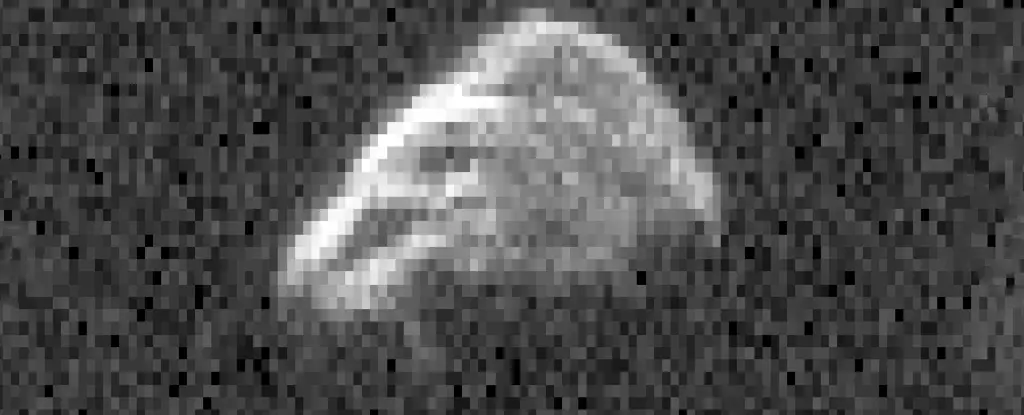Last week, Earth had the unique experience of witnessing not just one, but two large asteroids passing by at a relatively close distance. These asteroids, named 2024 MK and 2011 UL21, were not close enough to pose a threat to our planet, but they were within range for radar imaging systems to capture detailed images. This event provided NASA with valuable data that can be used to understand the properties of asteroids near Earth, ultimately aiding in the development of strategies to detect and mitigate potential threats from asteroids in the future.
While Earth’s immediate vicinity in the Solar System may seem vast and empty, it is not devoid of celestial bodies. Occasionally, comets and asteroids pass by as they orbit the Sun, with the majority posing no danger to Earth. However, any object that comes within a certain distance or exhibits a certain level of brightness is classified as potentially hazardous. This classification serves as a precautionary measure, as unforeseen events such as collisions with other objects could alter the trajectory of these asteroids, potentially putting Earth at risk. Both 2024 MK and 2011 UL21 fell into the potentially hazardous category, underscoring the importance of monitoring and studying such objects regularly.
Imaging asteroids is no easy feat, especially when they are relatively small and dimly lit. To capture detailed images of asteroids like 2024 MK, NASA utilizes a large radar telescope to transmit radio waves into space and receive the signals bounced back. This technology enables scientists to construct images that reveal not only the shape of the asteroid but also intricate details such as bumps, divots, boulders, and ridges. In the case of 2024 MK, which passed by much closer than 2011 UL21, NASA was able to gather high-resolution images that provided valuable insights into the asteroid’s physical properties and future trajectory.
Discoveries and Surprises
During the observation of 2011 UL21, astronomers made an unexpected discovery – a tiny moonlet accompanying the 1.5-kilometer-wide asteroid at a distance of around 3 kilometers. This phenomenon of asteroids having moons or orbiting companions is becoming increasingly common, thanks to advancements in imaging technology. The presence of binary asteroid systems not only enhances our understanding of Solar System evolution but also plays a crucial role in planetary defense strategies. By studying the relative positions and characteristics of binary asteroids, scientists can glean valuable information about their formation, orbits, masses, and densities.
Implications for Planetary Defense
The discovery of binary asteroids and moonlets associated with large asteroids underscores the importance of continued research and observation in space exploration. As our imaging capabilities improve, we are uncovering new insights into the nature of celestial bodies and their interactions within the Solar System. By studying asteroids like 2024 MK and 2011 UL21, scientists can refine their understanding of asteroid behavior and potential threats to Earth, ultimately enhancing our ability to detect, track, and mitigate the risks posed by near-Earth objects.
NASA’s recent observations of asteroid flybys provide a glimpse into the fascinating world of celestial bodies and their interactions in space. These events not only offer valuable data for scientific research but also serve as a reminder of the dynamic and ever-changing nature of our Solar System. As we continue to explore and study asteroids, comets, and other celestial objects, we gain a deeper understanding of the universe and our place within it. Fly by any time, little buddy.


Leave a Reply